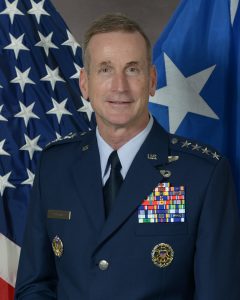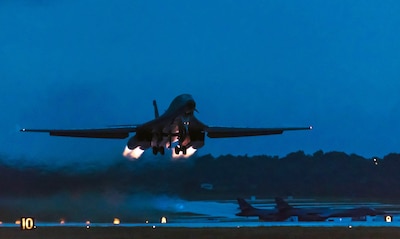The lead vessel of the U.S. Navy’s newest class of amphibious assault ships, the USS
America, designated Landing Helicopter Assault (LHA) 6, departed San Diego on July 7 for its first regularly scheduled deployment to the Pacific, Middle East, and the Horn of Africa, the U.S. Navy
reports.
The new America Amphibious Ready Group (ARG) consisting of the USS America, the San Antonio-class amphibious transport dock USS San Diego, and the Harpers Ferry-class dock landing ship USS Pearl Harbor, along with the 15th Marine Expeditionary Unit (MEU), an expeditionary quick reaction force, comprise around 1,800 sailors and 2,600 marines.
The America ARG and its MEU will conduct maritime security operations, crisis response capability, and theater security cooperation with allied navies, as well as contribute to the U.S. Navy’s overall forward naval presence. The ARG’s first destination will be the Western Pacific. “We are looking forward to conducting persistent forward naval engagement and being always prepared to respond as the nation’s force in readiness,” Colonel Joseph Clearfield, the commander of the MEU said.



